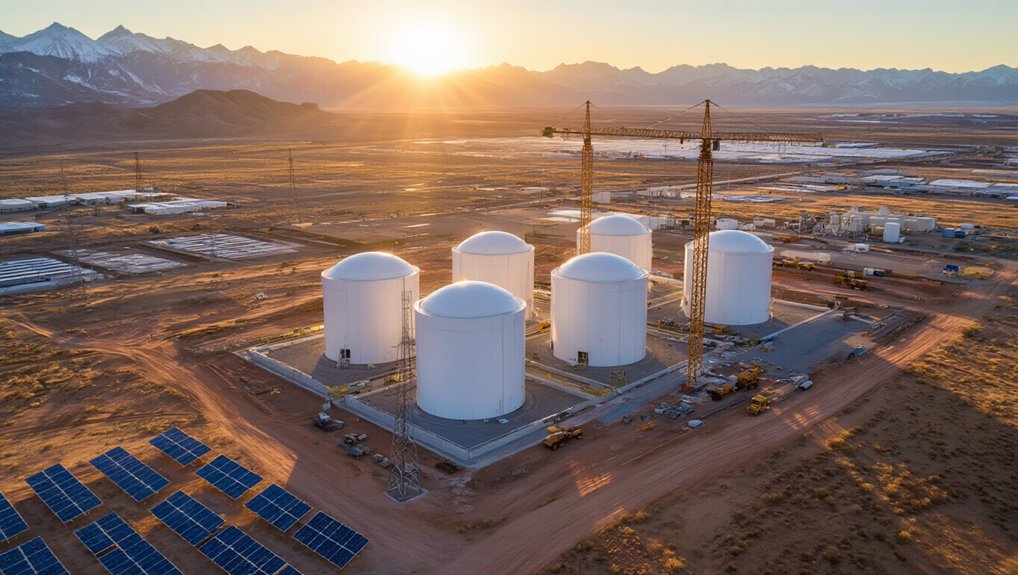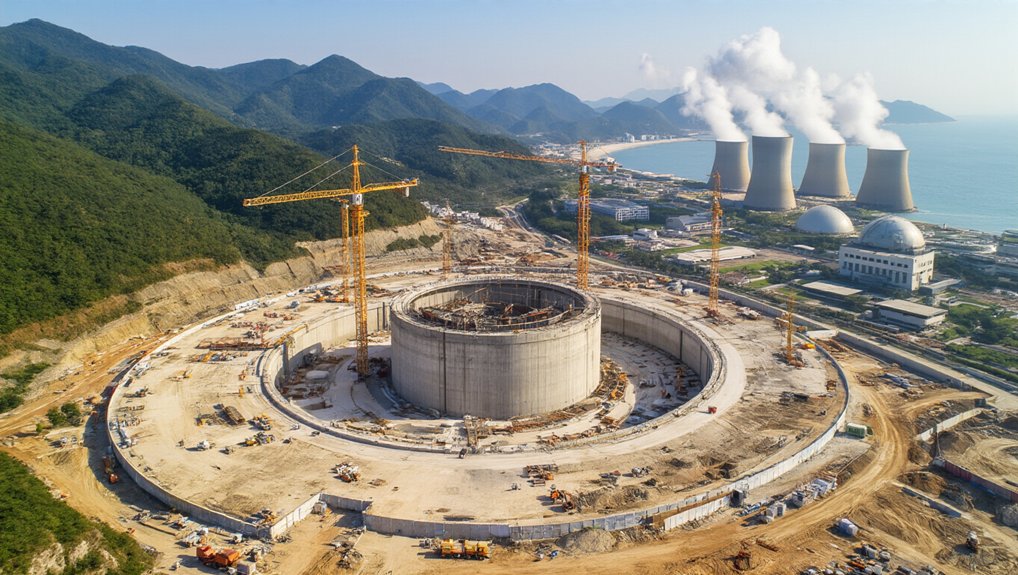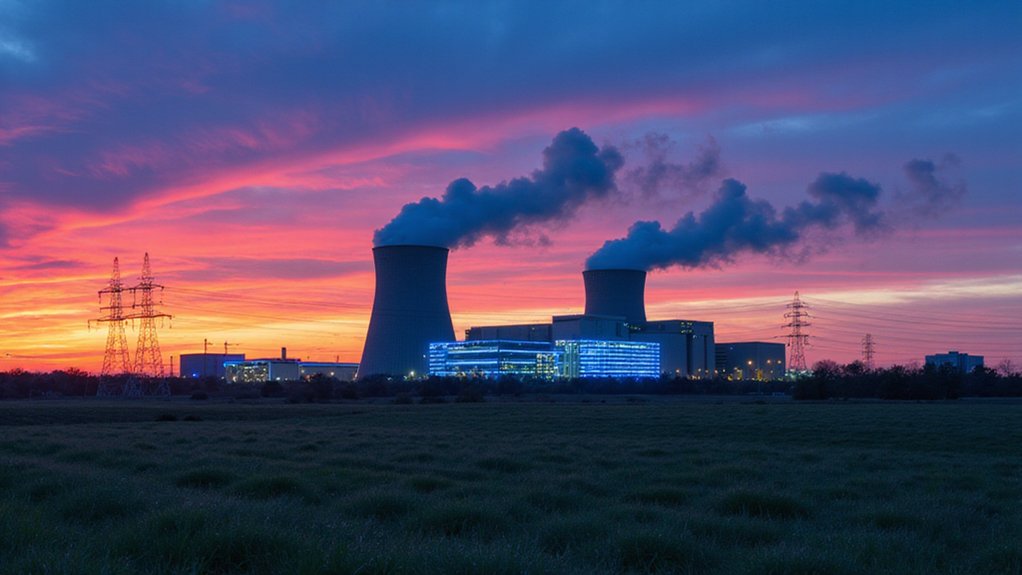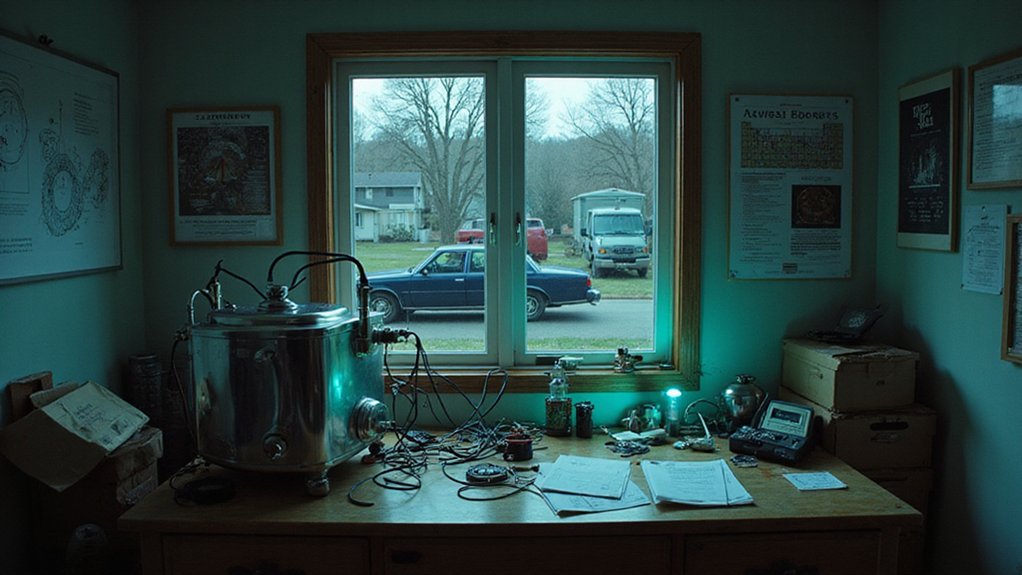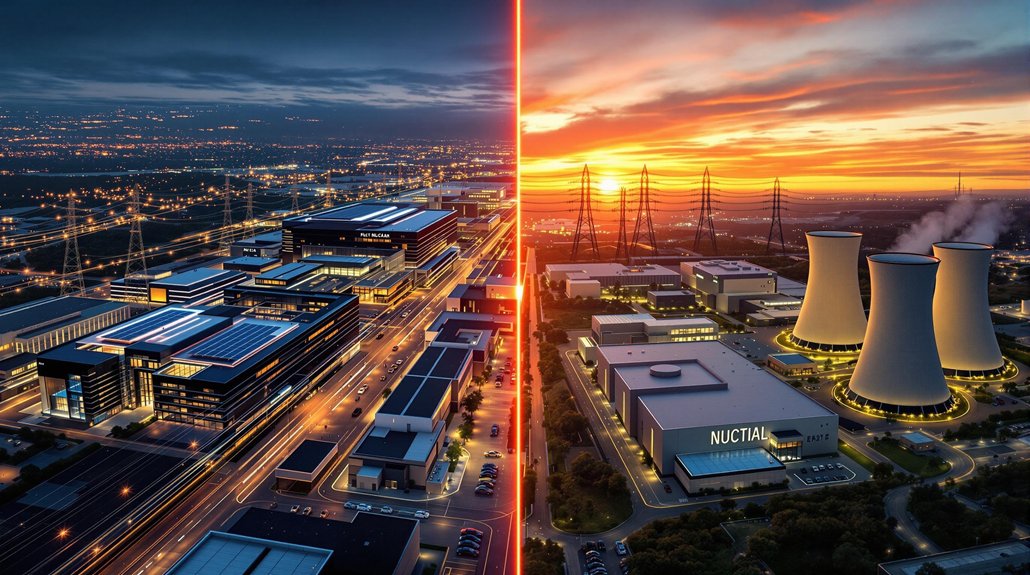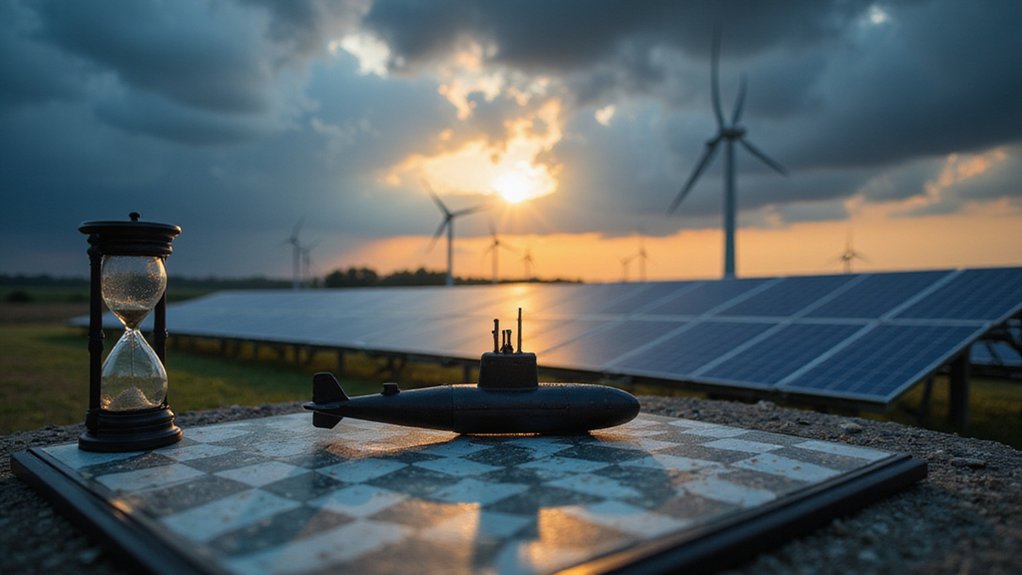While the rest of the country debates whether nuclear power deserves a comeback, Utah’s already picked a date. EnergySolutions and Intermountain Power Agency signed a deal with the state to explore bringing advanced nuclear online by 2026. That’s right—four years from now.
The plan centers on the Delta Power Plant, which is ditching coal for natural gas. But why stop there? Utah wants to slap nuclear reactors on the site too. Governor Spencer Cox calls it Operation Gigawatt, his scheme to double the state’s energy production in ten years. Ambitious? Sure. Impossible? We’ll see.
EnergySolutions, based in Salt Lake City, is eyeing small modular reactors and microreactors for the project. They’ve partnered with Terrestrial Energy to deploy Integral Molten Salt Reactor plants across their sites. Holtec wants to install its 300 MW SMR design, with dreams of hitting 4 GW across multiple sites over the next decade. These aren’t your grandfather’s nuclear plants. They’re smaller, supposedly safer, and flexible enough to power both the grid and industrial facilities.
Utah’s being called a “fast mover” state in nuclear development. Translation: they’re actually doing something while everyone else forms committees. The state’s got transmission lines from the old coal plants, so why waste them? Plus, California needs power, and Utah’s happy to sell it.
The economics make sense, at least on paper. Rising electricity demand from electrification and energy-hungry industries means somebody’s got to build something. Jobs in construction, operations, and maintenance sweeten the pot for local politicians. The project promises to transform the region into a clean energy hub for the entire Western United States. Following tech giants like Microsoft and Google, Utah is betting on nuclear power for zero carbon emissions while providing reliable energy around the clock.
Of course, critics aren’t thrilled. They point to uranium mining, radioactive waste, and the whole “what if it melts down” thing. Supporters counter that new reactor designs are safer and produce less waste than old-school plants. The feds will crawl all over this with safety assessments and environmental reviews before anyone breaks ground.
Three presidential administrations have backed nuclear as carbon-free baseload power. Utah’s legislature passed bills to make it happen. Idaho National Laboratory signed on through something called the Frontier initiative.
Whether this becomes America’s nuclear renaissance or another abandoned energy project remains to be seen. But Utah’s not waiting around to find out.
References
- https://www.nucnet.org/news/energysolutions-signs-agreement-to-explore-advanced-nuclear-at-utah-coal-site-4-1-2025
- https://www.energysolutions.com/energysolutions-announces-new-nuclear-power-initiative/
- https://gain.inl.gov/utah-looks-at-plan-to-build-nuclear-energy-reactor-at-delta-power-plant/
- https://www.latitudemedia.com/news/utah-bets-on-a-new-developer-to-revive-its-small-modular-reactor-ambitions/
- https://www.deseret.com/utah/2025/04/25/delta-nuclear-ipa-energysolutions-utah/
